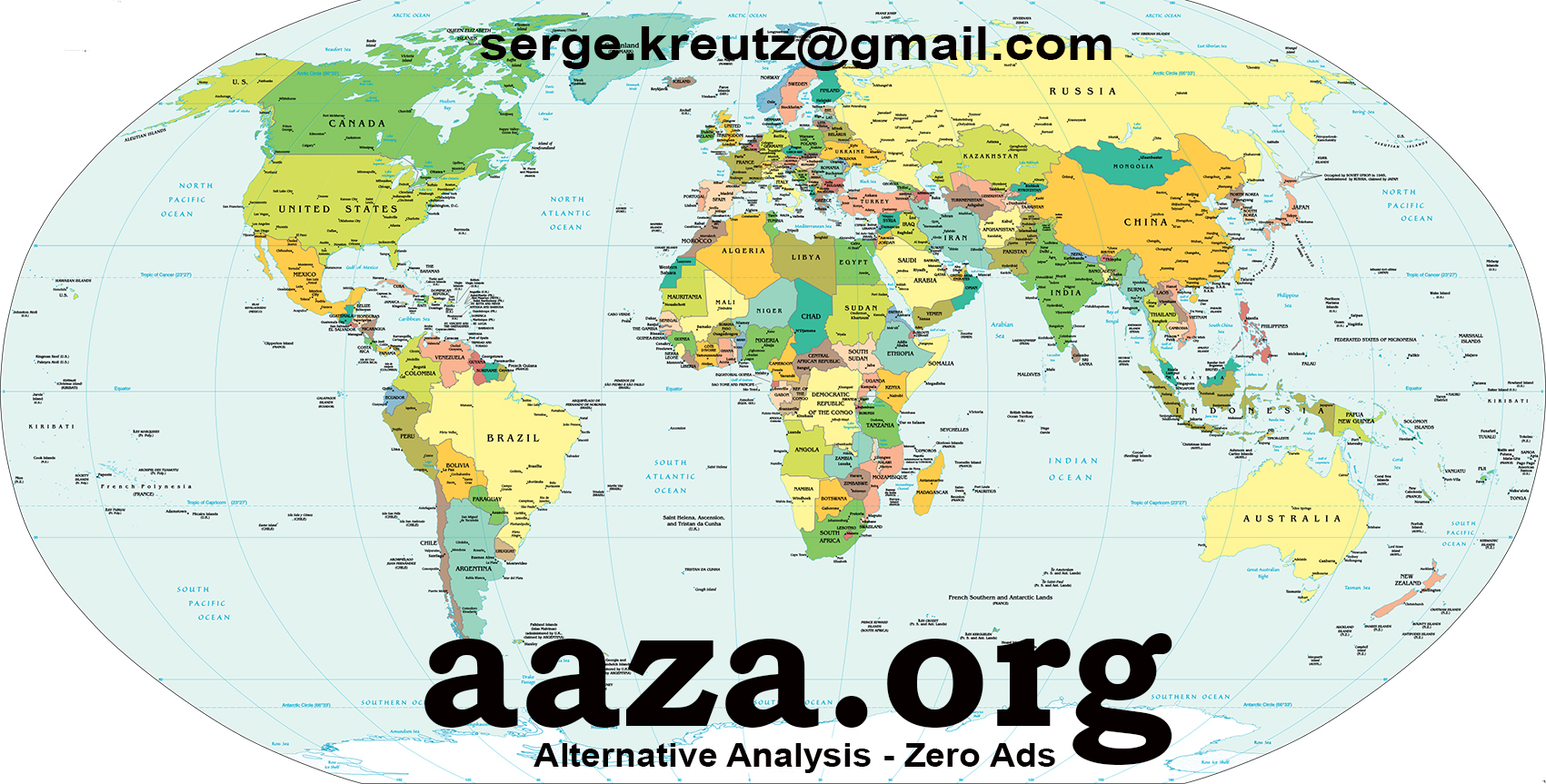The 21st century is an empire of procedure: biometric borders, perpetual audit trails, realtime risk scoring, and platforms that reward sameness. What was once the craft of secret police archives has become the business model of cloud platforms and the silent discipline of data retention (Zuboff, 2019). “Compliance” is no longer a department; it is a culture.
By contrast, the decades after World War II—particularly in newly independent states—were strikingly under-institutionalized. Bureaucracies were young, registries incomplete, and the means of continuous surveillance sporadic or absent outside capital cities. There was cruelty and crime, patronage and coups; yet in many districts everyday life unfolded beneath the state’s line of sight. Choices that are now flagged, tracked, and scored were then negotiated locally—through custom, kinship, and neighborhood brokerage (Bayart, 2009; Scott, 2009).
The question is not whether disorder is “good.” It is whether some level of administrative looseness is a precondition for meaningful freedom. Highly structured states promise safety and service delivery; they also consolidate the technical and legal means to socialize behavior, producing what Foucault called a “political anatomy” of bodies and conduct (Foucault, 1977). In our era, that anatomy is augmented by sensors, software, and soft power: the frictionless nudges of platform design, the capillary reach of identity requirements, and the reputational tribunals of social media.
None of this is nostalgia. The mid-century margins harbored violence and predation. But our present risks the opposite vice: the saturation of life by optimization. If yesterday’s danger was arbitrariness, today’s is anesthetized conformity. The wager of this site is simple: to recognize that freedom is not only a legal status but also an administrative atmosphere—a spacing of power.
